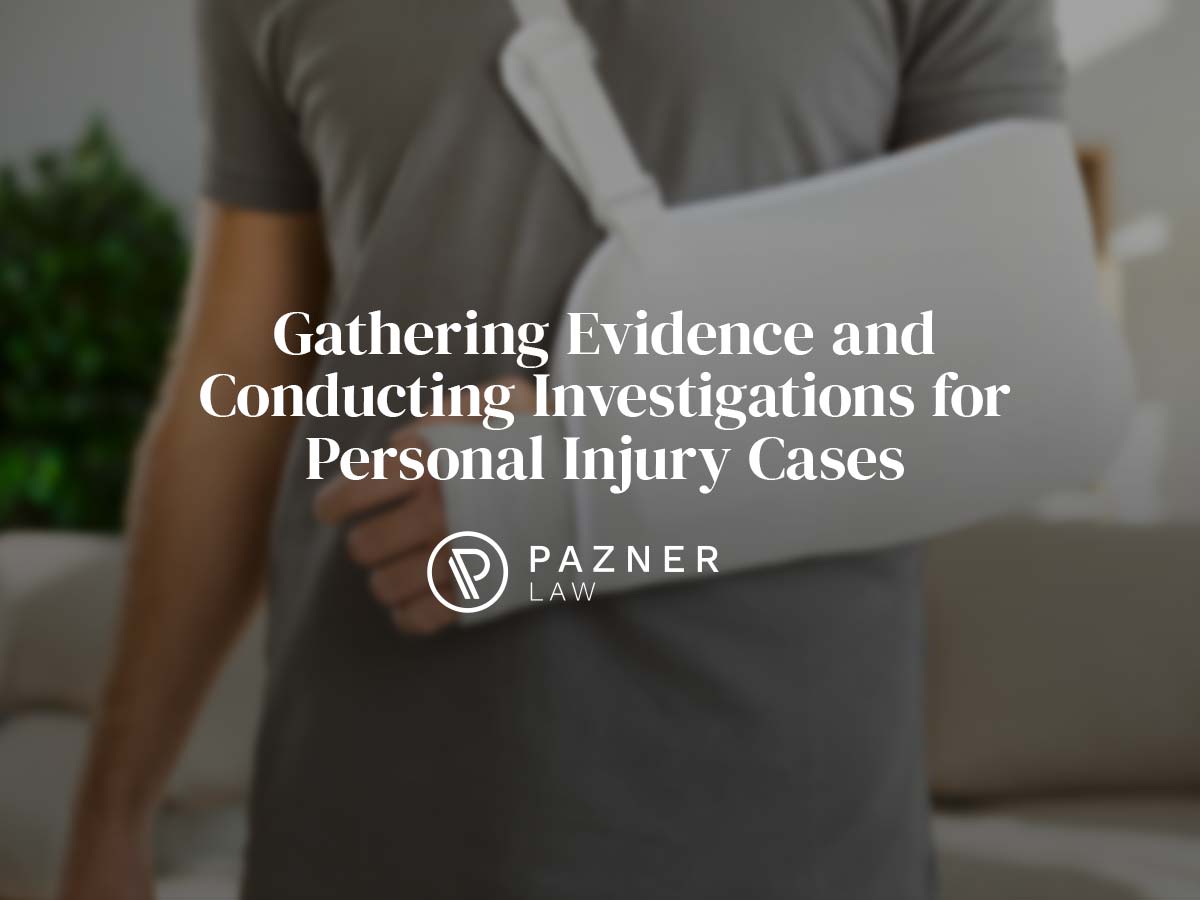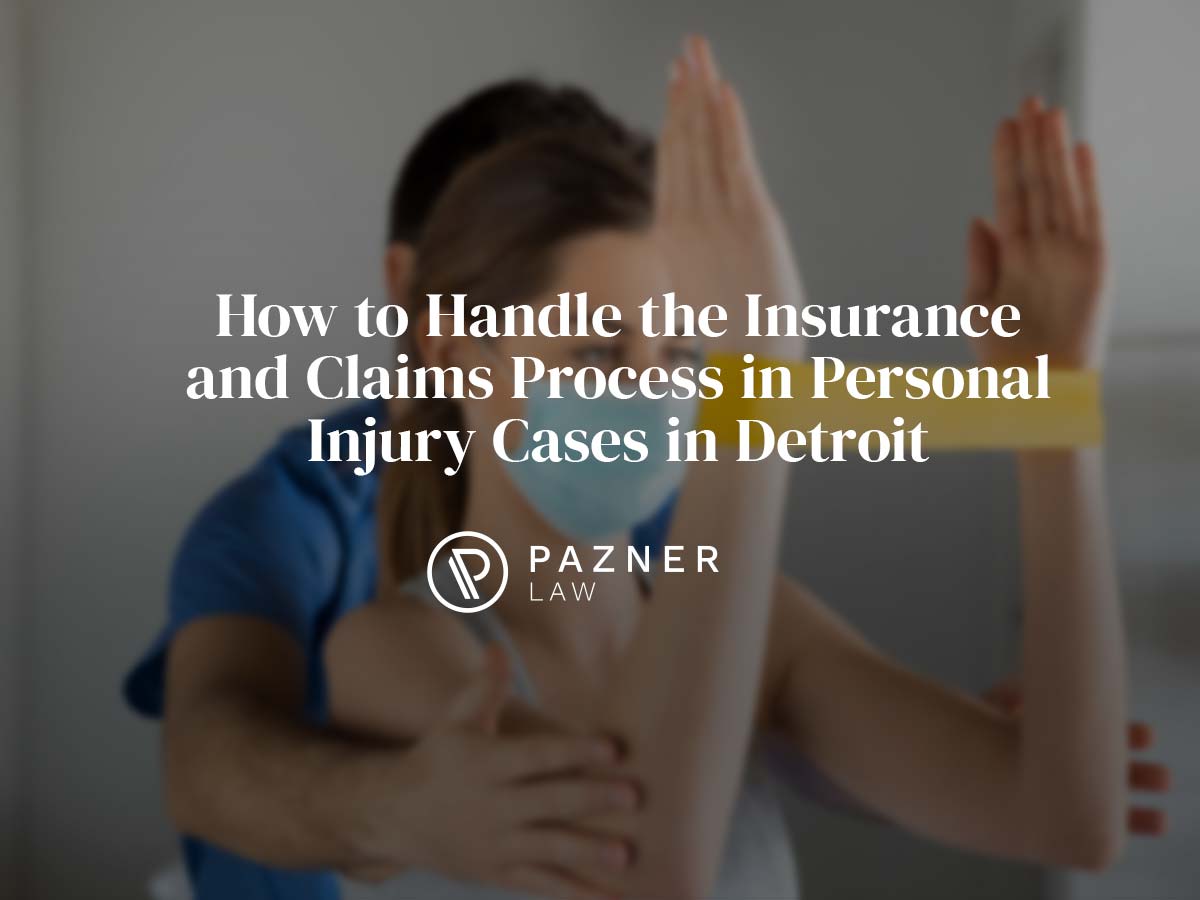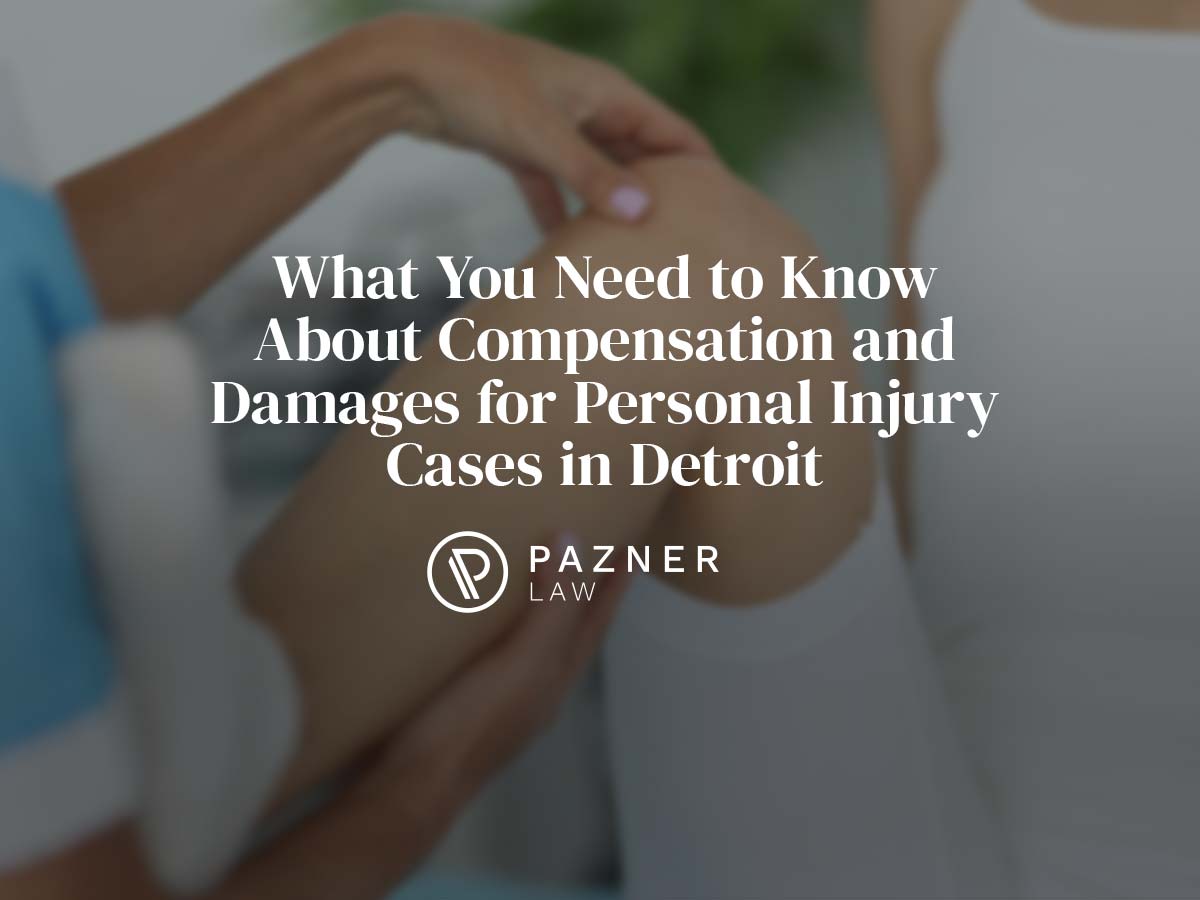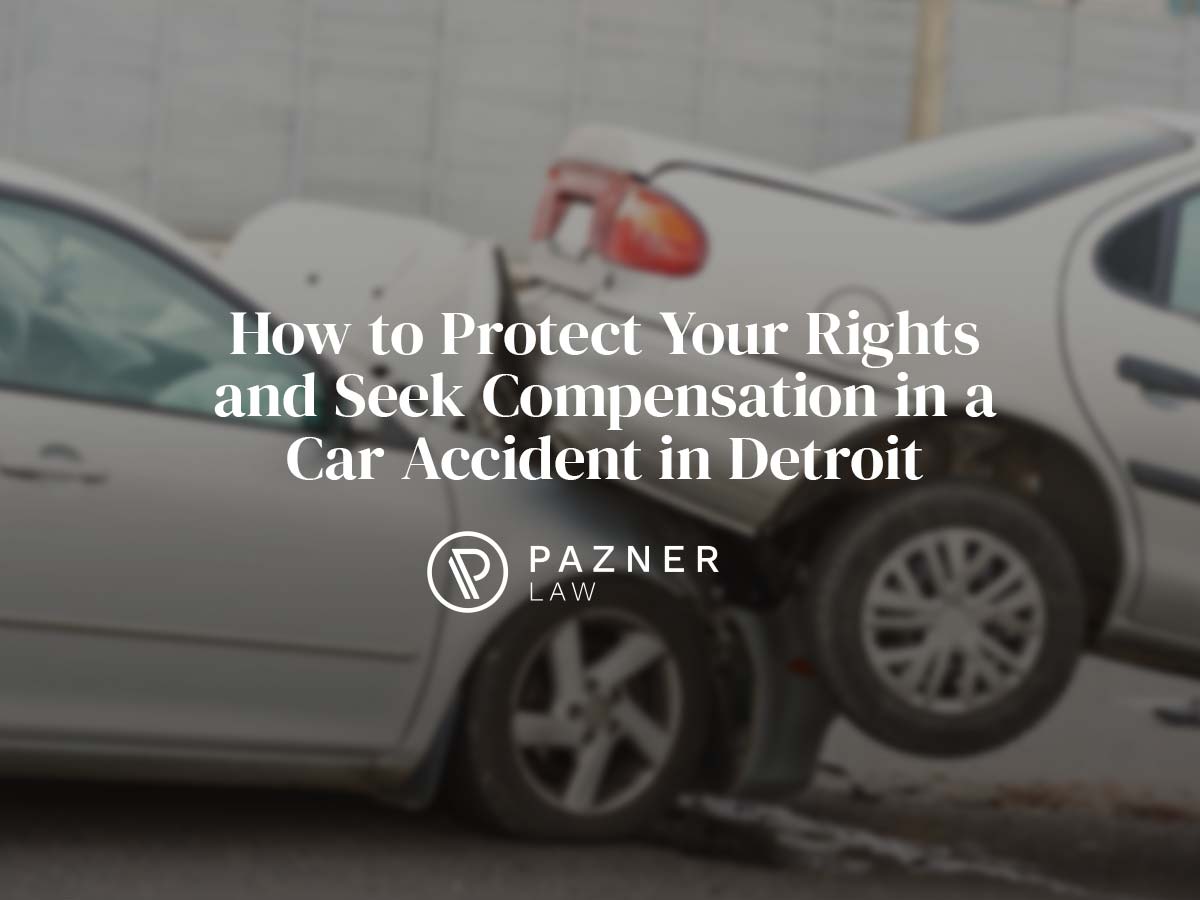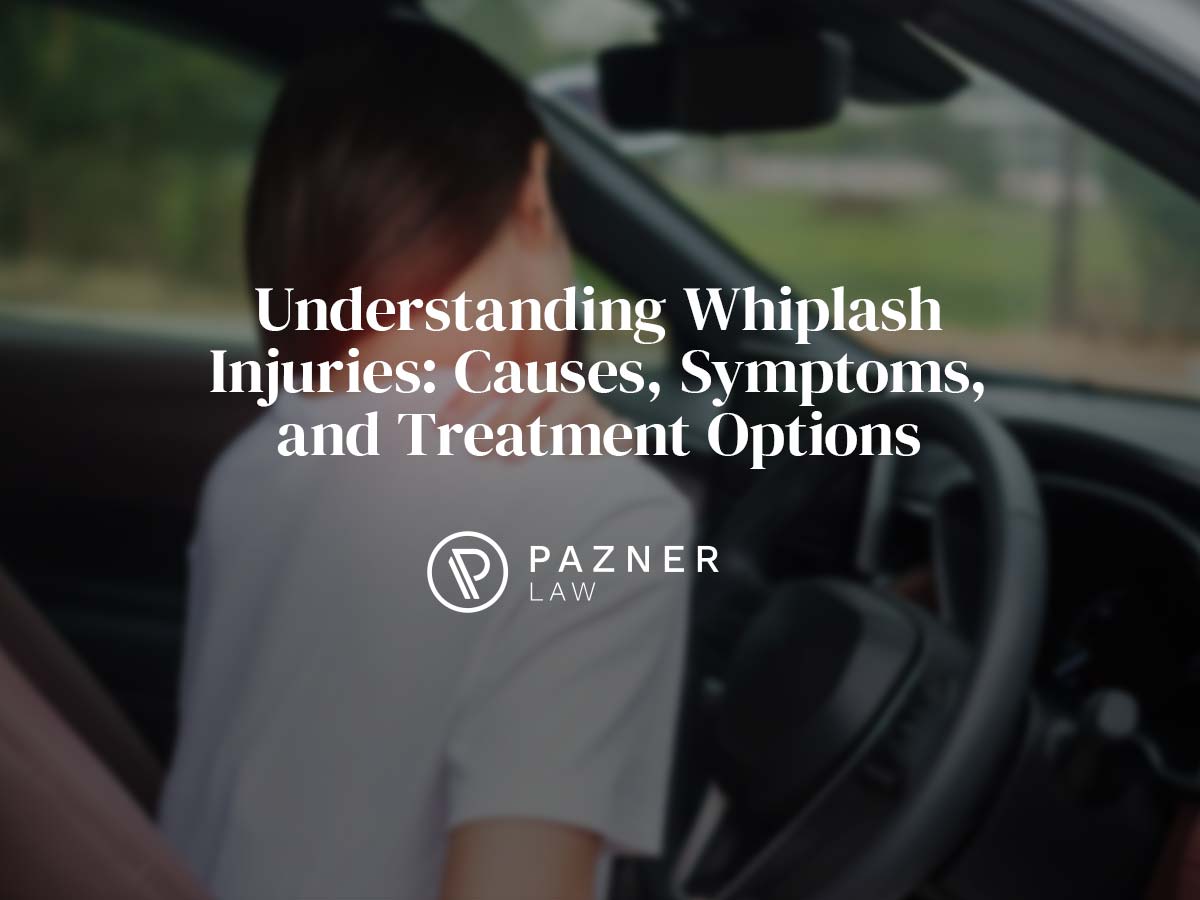In personal injury cases, the strength of a claim is often determined by the quality and extent of the evidence collected. Evidence is the foundation upon which personal injury claims are built, enabling attorneys to prove the extent of the harm suffered, establish liability, and argue for fair compensation. Reliable personal injury attorneys utilize various effective strategies to collect the necessary documentation, statements, and records to support their clients’ case.
These strategies include interviewing witnesses, obtaining medical records, and securing accident reports. Collecting and preserving this information promptly is essential, as it can significantly influence the trajectory of the claim. Investigations may also involve the engagement of experts to analyze the evidence and provide insights on issues such as causation and the extent of injury.
The emphasis on gathering substantial evidence not only aids in negotiations with insurance companies but also prepares the case for trial, should it be necessary. Thorough preparation and meticulous evidence collection can distinguish between a favorable resolution and a less satisfactory outcome.
For skilled representation and guidance in personal injury cases, contact Pazner, Havens, and Slingwein, Attorneys at Law now. Our experienced team is here to support you every step of the way. Contact us directly for a free case consultation!
Fundamentals of Personal Injury Law
Personal injury law operates on the principle that an individual who suffers harm due to the actions or negligence of another may seek compensation. These laws aim to restore the injured party, as much as possible, to their position before the injury.
The critical components of personal injury cases include:
- Negligence: A central concept in most personal injury cases, where the plaintiff must prove that the defendant failed to provide the standard of care that a reasonable person would.
- Duty of Care: The defendant had a legal responsibility to the plaintiff to act in a certain way to avoid causing harm.
- Breach of Duty: The defendant breached their duty of care through action or inaction.
- Causation: A direct link must exist between the breach of duty and the injuries sustained by the plaintiff.
- Damages: The plaintiff must have incurred actual damages, such as physical injury, emotional distress, or financial loss.
Personal injury law covers a variety of incidents, including, but not limited to:
- Auto accidents
- Slip and fall accidents
- Medical malpractice
- Product liability
When proving their case, plaintiffs may utilize various types of evidence, stressing the importance of methodical evidence gathering during the initial investigation phase. Effective legal representation can often pivot on the ability to document and articulate the incident and its subsequent impact meticulously.
Counseling with a legal professional can provide insight into the strategies for gathering evidence and navigating the legal process. This professional guidance is crucial for victims in pursuing fair compensation for their losses and suffering due to personal injuries.
Pre-Investigation Procedures
The pre-investigation procedures are critical steps that lay the groundwork for a successful personal injury case. They involve an initial analysis of the incident, crafting a legal strategy, and ensuring that relevant evidence is preserved.
Initial Client Consultation
The initial client consultation sets the stage for gathering essential information about the personal injury incident. During this meeting, the attorney should obtain a detailed account of the incident, the injuries sustained, and any potential witnesses. They will also discuss the client’s medical treatment thus far and the impact of the injuries on their daily lives.
Case Theory and Development
Developing a case theory requires synthesizing facts gathered from the client and preliminary evidence to form a coherent narrative. This involves determining the liable parties, understanding the legal elements of the claim, and anticipating defenses. A robust case theory guides the direction of the investigation and evidence collection.
Evidence Preservation Notices
Sending evidence preservation notices is crucial to prevent the spoliation of evidence that may be critical to the case. These formal notices alert parties to maintain and not alter or destroy all relevant evidence, including documents, electronic information, or physical items about the incident.
Evidence Gathering Techniques
Evidence gathering in personal injury cases is a systematic process that involves meticulous document collection, comprehensive witness interviews, and the detailed acquisition of medical records. These components are critical for building a solid case.
Document Collection
The collection of relevant documents is a foundational step in personal injury investigations. Attorneys compile a list of documents that typically include accident reports, employment records, and insurance policies. They ensure that the gathered information establishes facts such as the time and location of the incident, the parties involved, and the context of the occurrence.
- Accident Reports: Official reports from law enforcement agencies
- Employment Records: Documentation of lost wages or impact on employment
- Insurance Information: Details of insurance coverage and claims
Witness Interviews
Interviews with witnesses provide critical insights into the sequence of events leading to an injury. Lawyers often approach interviews strategically, preparing questions that corroborate facts, clarify discrepancies, and reveal additional details. They create a comprehensive list of potential witnesses, including bystanders, first responders, or experts.
- Bystanders: Individuals present at the time of the incident.
- First Responders: Emergency personnel who responded to the scene.
- Experts: Specialists who can provide technical or medical insights.
Medical Records Acquisition
Medical records are indispensable in demonstrating the extent and impact of injuries sustained by the plaintiff. Legal teams meticulously gather and review medical documentation, including hospital records, doctor’s notes, and rehabilitation reports, to establish a timeline of treatment and recovery.
- Hospital Records: Documents detailing initial treatment and diagnoses
- Doctor’s Notes: Continuous medical observations and prognoses
- Rehabilitation Reports: Records of ongoing therapy and recovery progress
The effectiveness of these evidence-gathering techniques heavily influences the outcome of personal injury cases.
Use of Expert Witnesses
In personal injury cases, expert witnesses play a critical role in presenting and understanding technical evidence. They assist in making complex information accessible and actionable in the pursuit of justice.
Expert Identification
Identifying the right expert witness is paramount to a case’s success. The process involves vetting individuals with the necessary expertise relative to the case, such as medical expert witnesses who can attest to the nature of injuries or accident reconstruction specialists.
Personal injury lawyers often consider an expert’s credentials, experience, and prior testimony to select a witness whose insights will be deemed credible by the court.
Expert Reports
A well-prepared expert report is a cornerstone of effective advocacy in personal injury litigation. These reports must adhere to standards set out by governing bodies.
Expert reports typically detail the process of the expert’s examination, their findings, and the methodologies utilized. The clarity and thoroughness of these reports often play a crucial role in substantiating claims and informing the court’s understanding of technical matters.
Demonstrative Evidence
Demonstrative evidence complements verbal testimony by providing visual or tangible elements to illustrate an expert’s point better. This might include photographs, graphs, models, or simulations.
Expert witnesses could analyze the scene of an accident and prepare reconstructions that demonstrate how an event occurred according to their findings. The goal of demonstrative evidence is to make information digestible and to reinforce the spoken word with impactful visuals, which can be pivotal in swaying a jury’s understanding of the facts.
Digital Evidence in Investigations
Digital evidence is a cornerstone for supporting claims and establishing facts in personal injury cases. The meticulous collection and analysis of data from various digital sources can significantly impact the outcome of an investigation.
Digital Forensics
Digital forensics plays a vital role in personal injury investigations by retrieving and analyzing data from electronic devices. This can include information from computer hard drives, mobile phones, and GPS systems.
Specialists in this field apply strict protocols to ensure the integrity and admissibility of the evidence in court. Crucial steps involve unaltered digital evidence, identifying and recovering pertinent information, and establishing a transparent chain of custody.
Social Media Considerations
Social media has become a rich source of evidence in personal injury cases. Investigators must consider the legal and ethical implications of sourcing information from platforms like Facebook, Twitter, and Instagram.
It is essential to authenticate social media posts, direct messages, and profiles as genuine and collected to uphold the evidence’s reliability in court proceedings. These digital footprints can provide insights into an individual’s activities and state of mind before and after an incident.
E-Discovery Process
The e-discovery process refers to the way parties exchange digital information during litigation. It is governed by rules that dictate how information should be preserved, collected, reviewed, and exchanged.
Throughout this process, parties must be adept at managing vast volumes of data and harnessing specialized software to filter and sort relevant information efficiently. Understanding the stages of e-discovery, from the initial preservation notice to the production of electronically stored information, is essential for legal professionals in a personal injury case.
Accident Scene Analysis
In personal injury cases, the accident scene analysis is a pivotal component. It encompasses capturing photographic evidence, reconstructing the accident, and meticulously collecting any physical evidence available.
Photographic Evidence
Photographs provide irrefutable visual records supporting witness statements and offering insights into the accident dynamics. They should cover multiple angles and capture details such as skid marks, vehicle positions, and environmental conditions. The clarity and timing of photographs can make a significant difference in court or during settlement negotiations.
Accident Reconstruction
Experts in accident reconstruction analyze the available data to determine how the incident occurred. This often involves utilizing technology to simulate the events leading up to the accident, which can help determine liability and causation. Factors such as vehicle speeds, angles of impact, and the final resting positions of vehicles are critical components in this process.
Physical Evidence Collection
The collection of physical evidence from the accident scene comprises various elements, from vehicle debris to road conditions. Investigators gather and catalog this evidence systematically to ensure nothing is overlooked. Whether it’s a fragment of a headlight or a testament to the weather conditions, each piece of physical evidence can substantially contribute to understanding the accident.
Handling Sensitive Information
In personal injury cases, attorneys are bound by strict regulations regarding handling sensitive information. Failure to properly secure and manage this data can have legal repercussions and compromise the integrity of a case.
Client Confidentiality
Client confidentiality is paramount in personal injury law. An attorney is ethically obligated to protect a client’s private information from unauthorized disclosure.
Medical records, financial data, and personal details should be discussed exclusively between the attorney and the client and used solely to advance the client’s case.
Legal Privileges
Attorney-client privilege and work-product privilege are essential legal doctrines in personal injury cases.
Attorney-client privilege safeguards communications between an attorney and their client, precluding these conversations from being disclosed in court without consent. The work-product privilege protects materials an attorney prepares for litigation, such as interview notes or investigative reports.
Data Protection Practices
Effective data protection practices are critical to maintaining confidentiality and privileges. Attorneys should employ both physical and electronic measures to secure data.
This may include:
- Physical Safeguards: Locked filing cabinets and restricted access to records.
- Electronic Safeguards: Encrypted communications, secure data storage solutions, and regular software updates to protect against unauthorized access or cyber threats.
Litigation and Trial Preparation
In personal injury cases, meticulous preparation for litigation and trial can significantly influence the outcome. This stage involves systematic coordination of the discovery phase, strategic planning of depositions, and diligent organization of trial exhibits.
Discovery Phase Coordination
During the discovery phase, attorneys must gather crucial evidence, which includes acquiring medical records, employment reports, and witness statements that pertain to the injury incident. Coordination involves timelines for submitting and responding to discovery requests and ensuring compliance with legal procedures. This structured approach enables lawyers to build a comprehensive case foundation.
- Document Requests: Identify and request pertinent documents early.
- Interrogatories: Develop straightforward, targeted questions for the opposing party.
Deposition Strategies
Depositions are critical when witness testimony is obtained under oath before a trial. Effective strategies include:
- Preparation: Thoroughly brief witnesses about the deposition process.
- Questioning: Craft questions that are precise to elicit clear, helpful information.
Lawyers should also recognize when to challenge a deposition and how to protect their client’s legal rights during these sessions.
Trial Exhibits Organization
Well-organized trial exhibits can clarify complex facts and bolster a case’s narrative. The organization process should categorize exhibits logically, such as in chronological order, and ensure that all visual aids are clear and professional in appearance.
- Exhibit Lists: Create detailed lists of clearly marked and easily referenced exhibits.
- Technology Integration: Utilize software for managing and displaying exhibits to enhance presentation effectiveness.
Each exhibit must be carefully curated to adhere to the court’s rules and maximize its impact during the trial.
Alternative Dispute Resolution
In personal injury cases, alternative dispute resolution (ADR) allows parties to resolve their disputes without trial. It often involves various techniques, including mediation, arbitration, and settlement negotiation, and aims to find a mutually agreeable solution more efficiently and less adversarially.
Mediation Strategies
Mediation is a facilitative process where a neutral third party assists the disputing parties in reaching an agreement. Successful mediation strategies include the following:
- Preparation: Know the case details and be ready to present them effectively.
- Communication: Listen actively and communicate your position.
Critical aspects of mediation involve focusing on the interests behind the positions held and exploring creative solutions that satisfy all parties involved.
Arbitration Procedures
Arbitration is more structured than mediation and results in a binding decision made by an arbitrator. The procedures typically involve:
- Selection of Arbitrator: Both parties agree on an arbitrator with expertise in personal injury law.
- Evidence Presentation: Each party presents evidence and arguments supporting their claims.
The role of the arbitrator is to weigh the evidence presented and render a decision, which is generally final and can only be appealed under certain circumstances.
Settlement Negotiation Techniques
Settlement negotiations are direct discussions between the parties to come to a resolution. Effective techniques include:
- Bargaining Position: Understand and articulate your strongest legal arguments.
- Objective Standards: Use objective criteria to support your settlement proposal.
Detailed knowledge of the settlement process and the specifics of the claim can significantly increase the likelihood of reaching an acceptable settlement.
Ethical Considerations in Investigations
In personal injury cases, investigators must adhere to stringent ethical standards to ensure the evidence’s integrity and the investigative process’s fairness.
Professional Conduct
Investigators are obliged to uphold the highest standards of professionalism. This includes respecting all legal boundaries and privacy laws during an investigation. They should not engage in any activities construed as entrapment, trespassing, or other illegal actions.
According to Ethics in Law Enforcement, maintaining professional conduct is essential, and decisions on which case to prioritize should be made objectively, not influenced by any external factors or personal gain.
Conflict of Interest Avoidance
Avoiding conflicts of interest is crucial. Investigators must perform their duties impartially, without any personal or financial interest in the case’s outcome. They should immediately disclose any potential conflicts of interest to their employer. For example, an investigator should not work on a case where they have a relationship with any party involved.
Honesty in Evidence Presentation
The integrity of the evidence presented in personal injury cases is paramount. Investigators must ensure all evidence is gathered and presented honestly, without manipulation or fabrication. For ethical representation and legal guidance that upholds the highest standards of integrity, contact Pazner, Havens, and Slingwein, Attorneys at Law today. Our experienced team is here to support you every step of the way.
